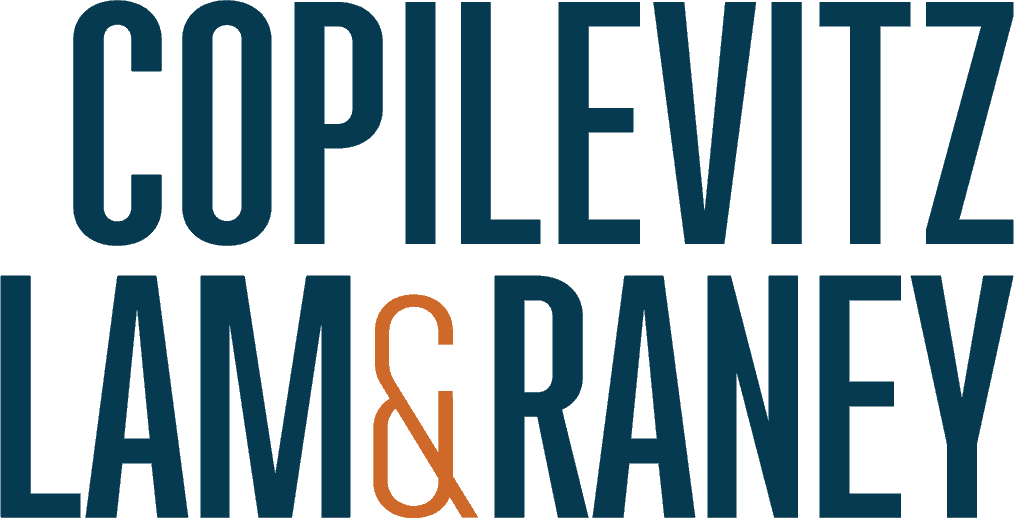Summary
Sellers and telemarketers cannot intentionally misrepresent a telephone number or name provided as the caller ID display, but they can, likely, use recognized trade or product names, acronyms, or abbreviations, rather than full legal names, which may exceed the display character limit or be even more confusing.
Article
The Truth in Caller ID Act of 2009 prohibits caller ID “spoofing,” where a caller intentionally misrepresents the telephone number or name provided as the caller ID display to disguise the identity of the calling party for the purposes of fraud or other harm. With this in mind, can sellers and telemarketers use trade or product names, acronyms or abbreviations, rather than the actual name of the seller or telemarketer, in the caller name provided to caller ID services?
In 2010, the Federal Communications Commission (“FCC”) adopted rules implementing the Truth in Caller ID Act. Even before the Act passed, the FCC required telemarketers to provide accurate caller ID information. The FCC rules require a telemarketer:
- Transmit or display its telephone number or the telephone number of the seller on whose behalf the telemarketer is calling, and if possible its name or the name and telephone number of the company for which it is selling products or services.
- Display a telephone number that can be called during regular business hours to ask to no longer be called. This rule applies even to companies that already have an established business relationship with the caller party.
See 47 C.F.R. § 64.1601(e)(1).
While sellers and telemarketers must follow the caller ID requirements, many caller ID display fields only permit a maximum of 15 characters, which makes it difficult to display all of the information without using some modified form of the name.
The Federal Trade Commission (“FTC”) adopted similar language in the Telemarketing Sales Rule (“TSR”) and also requires a telemarketer to transmit its own number and, where available, its own name, to consumers’ caller ID services. The Rule allows a substitution of the name of the seller (or charitable organization) on whose behalf the telemarketer is calling, and the seller’s (or charitable organization’s) customer (or donor) service telephone number, which is answered during regular business hours. See 16 C.F.R. 310.4(a)(8).[1]
In 2010, the FTC sought comment on the TSR concerning caller ID services and asked whether trade or product names, acronyms or abbreviations should be specifically permitted. See 75 Fed. Reg. 78178 (Dec. 15, 2010).
Many commenters were in favor of permitting these modified names, including Copilevitz & Canter. See http://www.ftc.gov/sites/default/files/documents/public_comments/16-cfr-part-310-telemarketing-sales-rule-00036%C2%A0/00036-57453.pdf. However, the FTC has not since addressed the issue. Courts and the FCC have also not specifically addressed permitting trade or product names, acronyms or abbreviations in the caller ID display.
Based on this lack of guidance, it appears that a seller or telemarketer could likely use recognized trade or product names, acronyms or abbreviations rather than full legal names which may exceed the character limit or be even more confusing. They should, however, refrain from displaying unpopular or little known abbreviations or acronyms that could be inaccurate or misleading. The most conservative and recommended approach would be to display the full legal name if at all possible.
This article is not intended as substitute for legal advice. Please contact Copilevitz & Canter if you have specific caller ID questions.
[1] Caller ID falsification is also prohibited by the Federal Trade Commission Act, which outlaws unfair and deceptive trade practices.
Summary
Sellers and telemarketers cannot intentionally misrepresent a telephone number or name provided as the caller ID display, but they can, likely, use recognized trade or product names, acronyms, or abbreviations, rather than full legal names, which may exceed the display character limit or be even more confusing.
Article
The Truth in Caller ID Act of 2009 prohibits caller ID “spoofing,” where a caller intentionally misrepresents the telephone number or name provided as the caller ID display to disguise the identity of the calling party for the purposes of fraud or other harm. With this in mind, can sellers and telemarketers use trade or product names, acronyms or abbreviations, rather than the actual name of the seller or telemarketer, in the caller name provided to caller ID services?
In 2010, the Federal Communications Commission (“FCC”) adopted rules implementing the Truth in Caller ID Act. Even before the Act passed, the FCC required telemarketers to provide accurate caller ID information. The FCC rules require a telemarketer:
- Transmit or display its telephone number or the telephone number of the seller on whose behalf the telemarketer is calling, and if possible its name or the name and telephone number of the company for which it is selling products or services.
- Display a telephone number that can be called during regular business hours to ask to no longer be called. This rule applies even to companies that already have an established business relationship with the caller party.
See 47 C.F.R. § 64.1601(e)(1).
While sellers and telemarketers must follow the caller ID requirements, many caller ID display fields only permit a maximum of 15 characters, which makes it difficult to display all of the information without using some modified form of the name.
The Federal Trade Commission (“FTC”) adopted similar language in the Telemarketing Sales Rule (“TSR”) and also requires a telemarketer to transmit its own number and, where available, its own name, to consumers’ caller ID services. The Rule allows a substitution of the name of the seller (or charitable organization) on whose behalf the telemarketer is calling, and the seller’s (or charitable organization’s) customer (or donor) service telephone number, which is answered during regular business hours. See 16 C.F.R. 310.4(a)(8).[1]
In 2010, the FTC sought comment on the TSR concerning caller ID services and asked whether trade or product names, acronyms or abbreviations should be specifically permitted. See 75 Fed. Reg. 78178 (Dec. 15, 2010).
Many commenters were in favor of permitting these modified names, including Copilevitz & Canter. See http://www.ftc.gov/sites/default/files/documents/public_comments/16-cfr-part-310-telemarketing-sales-rule-00036%C2%A0/00036-57453.pdf. However, the FTC has not since addressed the issue. Courts and the FCC have also not specifically addressed permitting trade or product names, acronyms or abbreviations in the caller ID display.
Based on this lack of guidance, it appears that a seller or telemarketer could likely use recognized trade or product names, acronyms or abbreviations rather than full legal names which may exceed the character limit or be even more confusing. They should, however, refrain from displaying unpopular or little known abbreviations or acronyms that could be inaccurate or misleading. The most conservative and recommended approach would be to display the full legal name if at all possible.
This article is not intended as substitute for legal advice. Please contact Copilevitz & Canter if you have specific caller ID questions.
[1] Caller ID falsification is also prohibited by the Federal Trade Commission Act, which outlaws unfair and deceptive trade practices.


